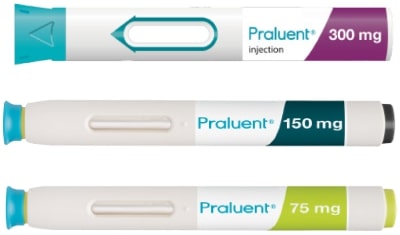- Article
- Source: Campus Sanofi
- 23 Oct 2023
A cardiologist's view - Professor Azfar Zaman


Residual risk in the ACS patient and the contribution of cholesterol
Post-ACS patients may still be at high risk events despite current statin therapy1. Why is it important to do something differently?
Why use Praluent® in patients with ACS?
Odyssey Outcomes data demonstrates the benefit of further LDL-C lowering in the post-ACS population2. Why are these results relevant to cardiologists?
Praluent®
Find more information on Indication, Administration and Mechanism of Action and watch videos about Praluent®.

.png)
References
- Jernberg T, et al. Cardiovascular risk in post-myocardial infarction patients: nationwide real world data demonstrate the importance of a long-term perspective European Heart Journal (2015) 36, 1163–1170
- Schwartz GG, et al. Alirocumab and Cardiovascular Outcomes after Acute Coronary Syndrome. N Engl J Med. 2018; 379: 2097-2107.
MAT-XU-2204596 (v3.0) Date of Preparation: October 2023